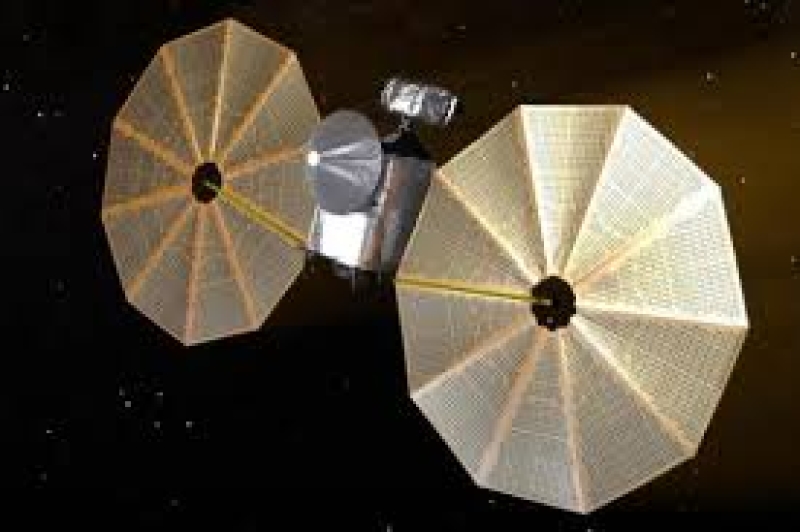- CA Yunus pays homage to Liberation War martyrs on Victory Day |
- Bangladesh capital market extends losing streak for second day |
- Bangladesh celebrates Victory Day Tuesday |
- 'Different govts presented history based on their own ideologies': JU VC |
NASA’s Lucy Spacecraft Heads for Second Asteroid Flyby

NASA’s Lucy spacecraft is closing in on its second asteroid encounter, offering scientists a chance to study a mysterious space rock—and rehearse for a much bigger mission ahead.
Launched in 2021, Lucy is on a 12-year journey to visit 11 asteroids, including a rare group called the Trojans that share Jupiter’s orbit. This weekend, the spacecraft will fly just 596 miles (960 km) from asteroid Donaldjohanson in the main belt between Mars and Jupiter.
Roughly 2.5 miles (4 km) long, Donaldjohanson is believed to be a fragment of a larger object shattered 150 million years ago. Its unusual shape remains unknown—possibly elongated or even double-lobed like a snowman. “We don’t know what to expect. That’s what makes this so cool,” said Hal Levison, the mission’s lead scientist.
Lucy will activate all three science instruments to capture images and data while speeding past the asteroid at over 30,000 mph (48,000 kph). Due to its tracking orientation, the spacecraft will temporarily lose contact with Earth, but data will begin arriving shortly after the flyby.
The asteroid is named after paleoanthropologist Donald Johanson, who discovered the famous hominin fossil “Lucy” in 1974. He plans to watch the flyby from NASA’s Mission Control.
This flyby will not only yield scientific insights but also prepare Lucy for its main event: the first Trojan asteroid encounter in 2027—offering a rare window into the solar system’s ancient past.

